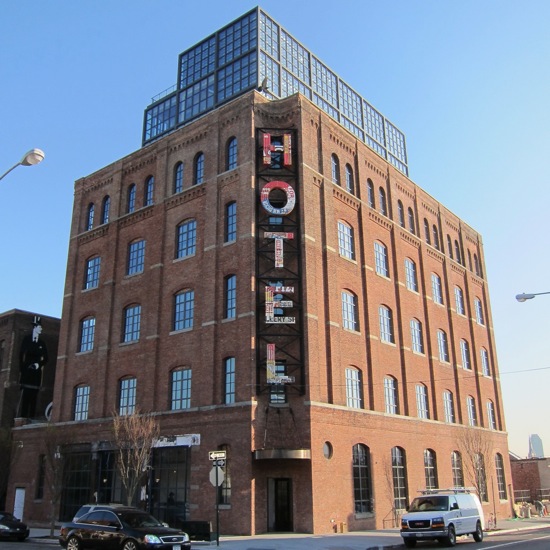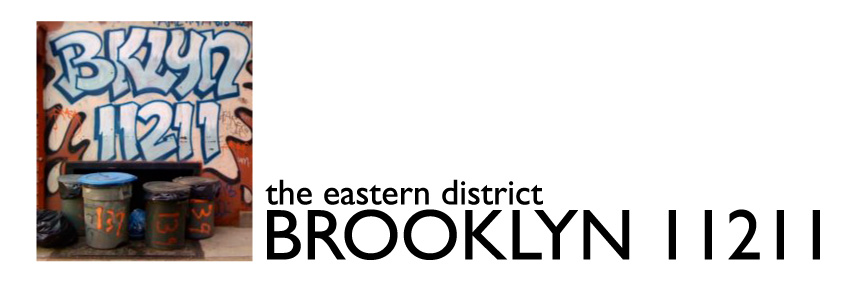I have no idea how this place makes money. I guess no one else does, either. Sad, because they have been one of the more open places to community groups/events.
DOJ Bankruptcy Watchdog Seeks Trustee for Brooklyn Hotel
Lightstone Lands $77M Construction Loan for W’burg Moxy Hotel
Still getting used to the idea of a hotel on the Southside. I guess the lenders are good with it.
Inn Inching Along
This is bizarre – the Bossert Hotel, which has been under renovation since 2012 – still has no operator. Fën Hotels was chosen as the operator in 2015 but they have no backed out and the developer is now searching for a new operator. The hotel was slated to open in 2013, so it is now delayed by 5 years, with the developer citing vague issues with interior restoration (the building is not an interior landmark, but could have been a good preservation tax credit project).
Airbnb Advocates for Dwelling law Amendments
New York’s multiple dwelling law, which serves to make short-term rentals in large buildings illegal, was tightened in 2011 to curb the spread of illegal hotels in the city. Instead, it’s led to users of Airbnb being slapped with violations by city authorities for hosting strangers in their homes for short periods.
Interesting use of the word “instead”.
Albest Site Marketed for $27 Million
The former Albest Metal Stamping building at 9 Kent Avenue is being marketed as a potential hotel or office building – but notably not for any sort of “industrial” use. It is becoming very clear that the industrial-retention part of the 2005 rezoning – which included reserving a big area around Bushwick Inlet for traditional manufacturing use – was a big missed opportunity. Given the transformation of industry in Brooklyn over the past decade, the opportunity for a new kind of mixed-use zoning – lighter impact industry below with residential above (something the city refused to consider at Bushwick Inlet or anywhere else) could be a big promoter of local jobs.
Instead, we are manufacturing hotels, bars and bowling alleys.
Wythe Hotel

80 Wythe
Theobald Englehardt (1900)
Morris Adjmi Architects (2012)
Photo: brooklyn11211
This was, is and will be the greatest thing Williamsburg has ever seen. It is the pinnacle, the acme, the end. The story of gentrification, at least in this oft-buzzed about corner of Brooklyn, is over — checked at the curved-glass-and-carefully-rusted-steel door outside the Wythe. If Francis Fukuyama needed a hotel room in Brooklyn, this would be it. Thank you, and good night.
Matt & I disagree somewhat here. Not on the fact that the Wythe Hotel is great – it is. And not on the fact that the building itself “is the nicest thing ever built in Williamsburg” – if it isn’t that, it’s damn close. Morris Adjmi’s design of the new, the old and the integration of the two is almost perfect (Theobald would have been proud).
But the pinnacle? The acme? The end? Let’s hope not – we need more nice things like this.
Oh Look, @archdaily Fell for the Oppenheim Hotel
It looks like Oppenheim Architecture + Design has been sending out more press releases about the “international competition” to design the hotel for the vacant site next to the Williamsburgh Savings Bank. In the past few days, ArchDaily and other sites have suddenly picked up on this month-old “story”.
Like I said before, the design is gorgeous, but it’s probably not getting built. It’s probably not getting built because a hotel with a 16′-deep footprint rising up for 120′ is economically unbuildable. It’s probably not getting built because it’s probably not as of right and would require a host of public reviews before a height-averse community.
But mainly, it’s probably not getting built because the owner says it’s probably not getting built: “our architect did a design on spec” (that doesn’t sound like a “competition”, international or otherwise).
As for the press release article, it’s worth a read just for sentences like this:
Williamsburg, Brooklyn is one of the most interesting and cutting edge [sic] neighborhoods in the world. It is a soulful, culinary and style epicenter that is raw, edgy, and visceral. A place that attracts intellectual cognisanti [sic] in search of “the real”.
or this:
The three towers engage and dialogue with the distinctive scales and character of the context, with the lowest volume [about 16 stories tall?] relating directly to the surrounding neighborhood in both scale and material, the middle one [about 32 stories tall?] to the adjacent iconic Williamsburg Bank [sic], and the third volume [about 44 stories tall] extends to the sky in direct dialogue with the bridge [which is 335′ tall].
If all this sounds like senseless archibabble, it is – straight from the architect. Other sites have reprinted this press release in the past few days, and at least one of them was honest enough to credit it properly: “Article source: Oppenheim architecture + design”.
Now at 77 Box Street
Per the last post, industry is alive and well in Brooklyn, it’s just different than what a lot of people think of as industry. But hotels and nightlife – two uses that are as-of-right in industrial zones – are probably the biggest threats to the viability of all that.
